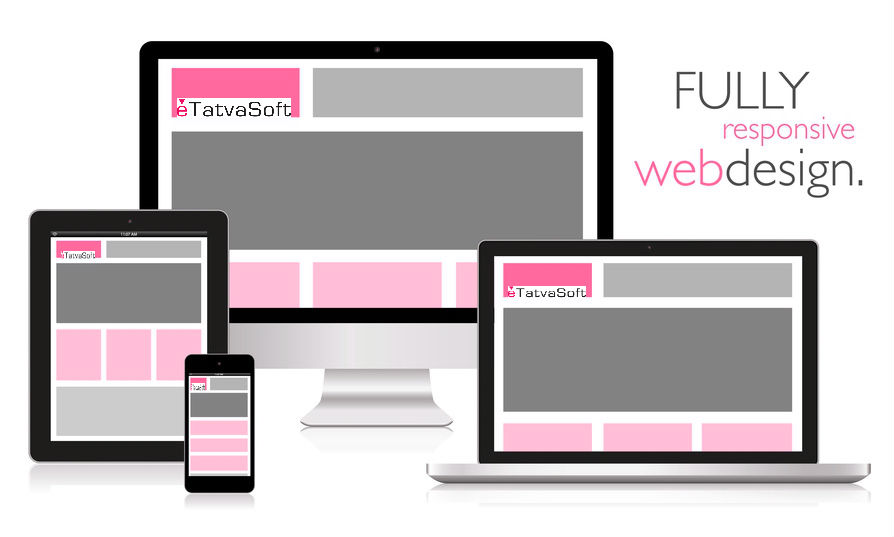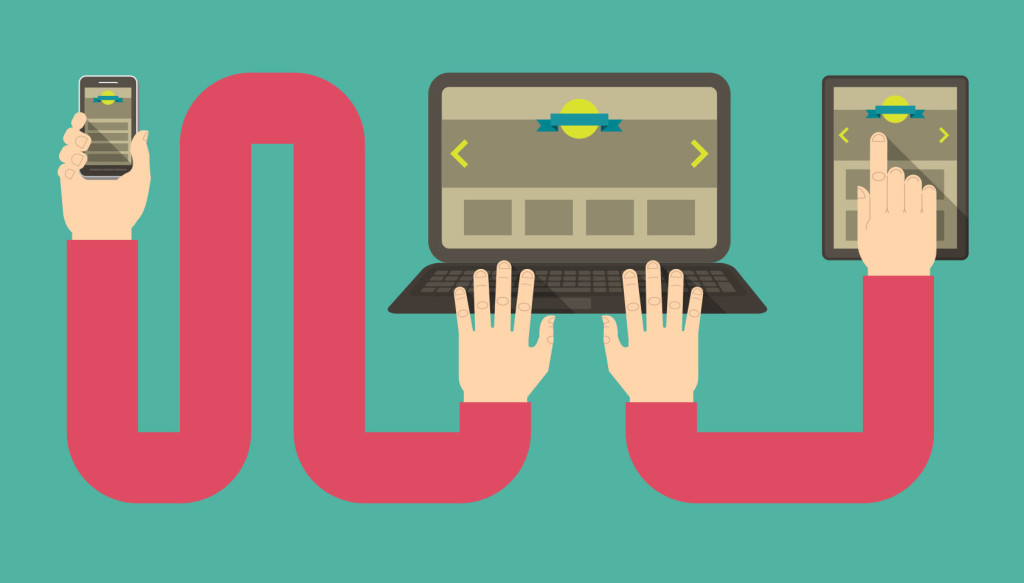In the bustling world of e-commerce, the user experience (UX) you offer can make or break your business. It’s not just about having a pretty website; it’s about creating a seamless and delightful journey for your customers that eventually leads to conversions. In this blog post, we’ll delve into some essential tips for crafting a conversion-driven e-commerce UX design that captivates your audience and boosts your bottom line.
Understanding Your Target Audience
Before you embark on the journey of designing an exceptional e-commerce UX, you need to know who you’re designing for. Conducting thorough user research is the foundation of your design strategy. This involves gathering insights into your target audience’s demographics, preferences, behaviors, and pain points. Creating detailed buyer personas helps you understand the motivations and needs of your potential customers, allowing you to tailor your UX accordingly.
Streamlined and Intuitive Navigation
Imagine walking into a physical store and finding shelves in disarray, products scattered all over the place, and no clear signage. You’d probably turn around and walk out, right? The same principle applies to your e-commerce website. A clear and organized menu structure, along with user-friendly search functionality, is crucial. Implementing filters and sorting options helps users narrow down their choices efficiently.
Mobile-First Design
In today’s mobile-dominated world, designing with a mobile-first approach is not an option; it’s a necessity. Mobile-responsive design ensures that your website functions seamlessly across a variety of devices, enhancing user experience and boosting conversions. Test your website on different devices and screen sizes to ensure consistency and ease of use.
Visual Hierarchy and Clutter-Free Design
When users land on your e-commerce site, they should immediately know where to focus their attention. Visual hierarchy guides users through your content logically and engagingly. Minimize visual clutter by utilizing white space effectively and placing elements strategically. This enhances readability and helps users quickly find what they’re looking for. Highlighting call-to-action (CTA) buttons with contrasting colors and positioning them prominently encourages users to take the desired actions.
High-Quality Product Imagery
In the realm of e-commerce development, your customers can’t physically touch or experience the products. This is where high-quality product imagery comes into play. Utilize multiple images from different angles to provide a comprehensive view of the product. Implement features like zoom and 360-degree views to give users a virtual sense of the item. Incorporating user-generated images and videos can also build trust and authenticity.
Seamless Checkout Process
Cart abandonment is a major challenge in e-commerce. One way to combat this is by optimizing your checkout process. Offering a guest checkout option eliminates the need for users to create an account, reducing friction. Implement progress indicators and clearly outline the steps involved in the checkout process. Providing multiple payment and shipping options caters to different user preferences.
Trust-Building Elements
Trust is a cornerstone of successful e-commerce. Display visible security badges and SSL certificates to assure users that their information is secure. Customer reviews and ratings offer social proof and help potential buyers make informed decisions. Communicating return and refund policies builds transparency and instills confidence in your customers.
Personalization and Recommendations
Personalization takes the user experience to the next level. By leveraging browsing and purchase history, you can tailor content and recommendations to each user’s preferences. Dynamic product recommendations, based on their behavior and interests, can increase cross-selling and upselling opportunities. When users feel that a website understands their needs, they’re more likely to stay engaged and convert.
Optimizing Site Speed and Performance
A slow-loading website can be a deal-breaker for users. Studies show that a delay of just a few seconds can significantly increase bounce rates. To combat this, optimize images by compressing them without sacrificing quality. Utilize browser caching to store static resources, reducing load times for returning users. Regularly test your website’s performance and make necessary improvements to ensure a smooth user experience.
A/B Testing and Continuous Improvement
Designing a conversion-driven e-commerce UX is an iterative process. A/B testing allows you to experiment with different layouts, colors, and CTAs to identify what resonates best with your audience. Analyze user behavior through heatmaps to gain insights into where users are clicking and scrolling. Armed with this data, make continuous improvements to enhance user engagement and conversion rates.
Effective Use of CTAs
Call-to-action buttons are the gateways to conversions. Use contrasting colors that draw attention to the CTAs, making them stand out from the rest of the page. Employ clear and action-oriented wording that communicates exactly what users can expect after clicking. Strategically place CTAs throughout your site, especially on product pages and during the checkout process, to guide users seamlessly toward their goal.
Simplified Form Filling
Filling out lengthy forms can be a deterrent for users. Minimize the number of required fields to the essentials, and consider implementing autofill for common information. Use inline validation to provide real-time feedback on form errors, helping users correct mistakes before submission. Visual cues, such as input format examples, can guide users and reduce frustration.
Customer Support and Assistance
Offering accessible customer support can make users feel valued and supported throughout their journey. Display contact information prominently so users can easily reach out with questions or concerns. Live chat provides real-time assistance, addressing issues instantly and potentially saving lost sales. AI-driven chatbots can handle common queries, freeing up human support agents for more complex issues.
Social Proof and Urgency
Human beings are influenced by the actions of their peers. Displaying real-time purchase notifications creates a sense of urgency and social proof. Limited-time offers, and countdowns create a fear of missing out (FOMO), driving users to take action quickly. Displaying stock availability informs users about the scarcity of a product, potentially prompting quicker decisions.
Conclusion
Crafting a conversion-driven e-commerce UX design requires a deep understanding of your audience, meticulous attention to design elements, and a commitment to ongoing optimization. By following these tips, you can create a user experience that not only attracts visitors but also guides them seamlessly toward conversions. Remember, the journey doesn’t end after the initial design; continuous improvement based on user feedback and data insights is key to maintaining a competitive edge in the ever-evolving e-commerce landscape.
Looking for top-notch eCommerce development services? Our team in Mohali specializes in turning your vision into reality. Boost conversions with our UX design tips and elevate your strategy through eCommerce A/B testing. Partner with us for your online success!
Hardworking, Ambitious person and many achievements in other cuticular activities in short all rounder.






















































































































































































